Your design must have individual character
We always decide the individual character of a proposed design on a case-by-case basis. There is no general, schematic rule for deciding the individual character.
What is essential is the overall impression of the design. Usually, a design cannot be considered to have individual character if it only differs from previously known designs in some minor details.
We assess the individual character of a design from the point of view of an informed user, who is a fictional person referred to in the law. The informed user is not an expert in the product group for which you are applying to register your design, but a so-called informed consumer.
When assessing the individual character of a design, we take into account the intended use of the product, and the product group it belongs to. We pay attention to features that express new design. For example, a designer creating cutlery clearly has a more restricted range of possibilities than a designer creating lamps.
In order to be registered, the design also has to be a result of creative intellectual work. Overly simple and ordinary designs cannot be registered. For example, basic geometric shapes such as balls and squares or ordinary grids and stripes are not registrable. Forms created by nature cannot be registered, either, because a registered design can only be created by a human being.
A design does not have to be artistic in order to be registered, yet artworks can be registered as designs.
Example of the individual character of a design: anti-slip device for footwear
The overall impression of the anti-slip device for footwear (applicationnumber M20090025) has been assessed as having individual character.
Proposed design
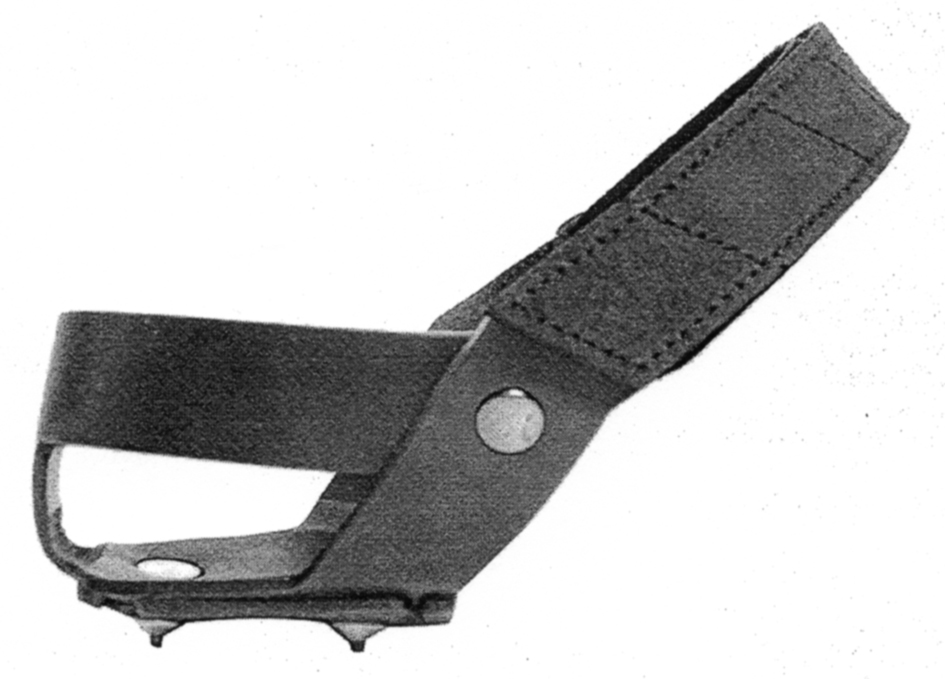
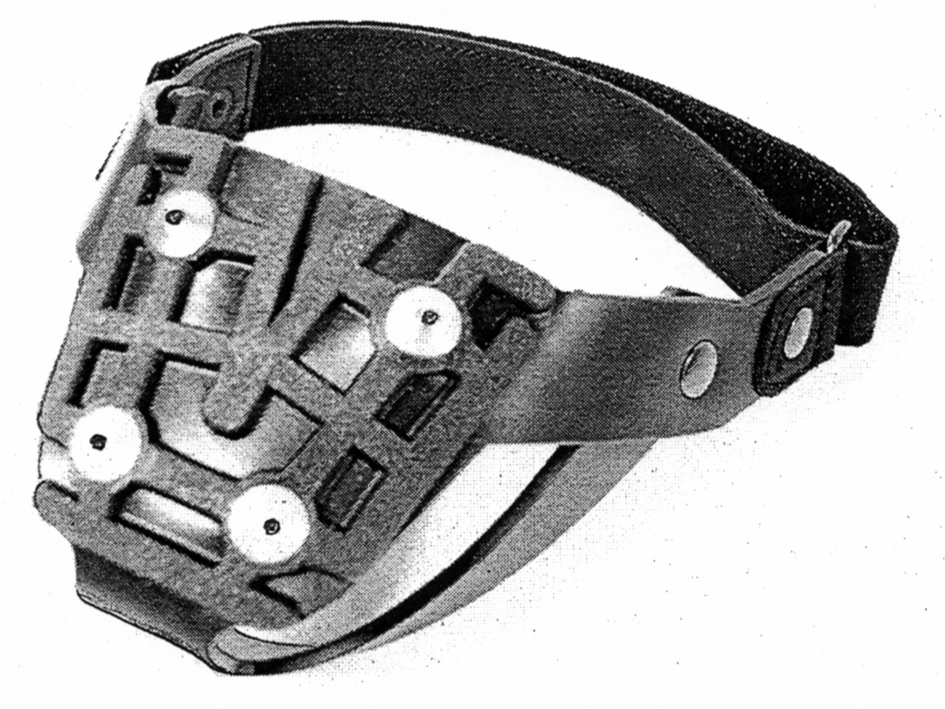

The proposed design has been compared to previously known anti-slip devices, illustrated below.
Designs for comparison 1–6
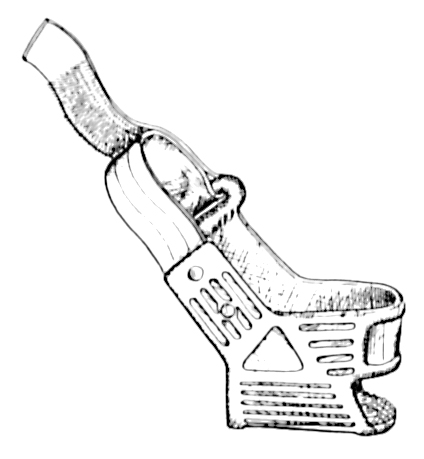

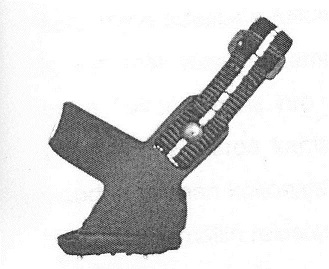
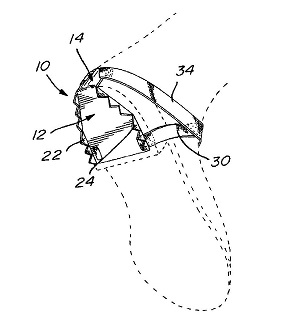
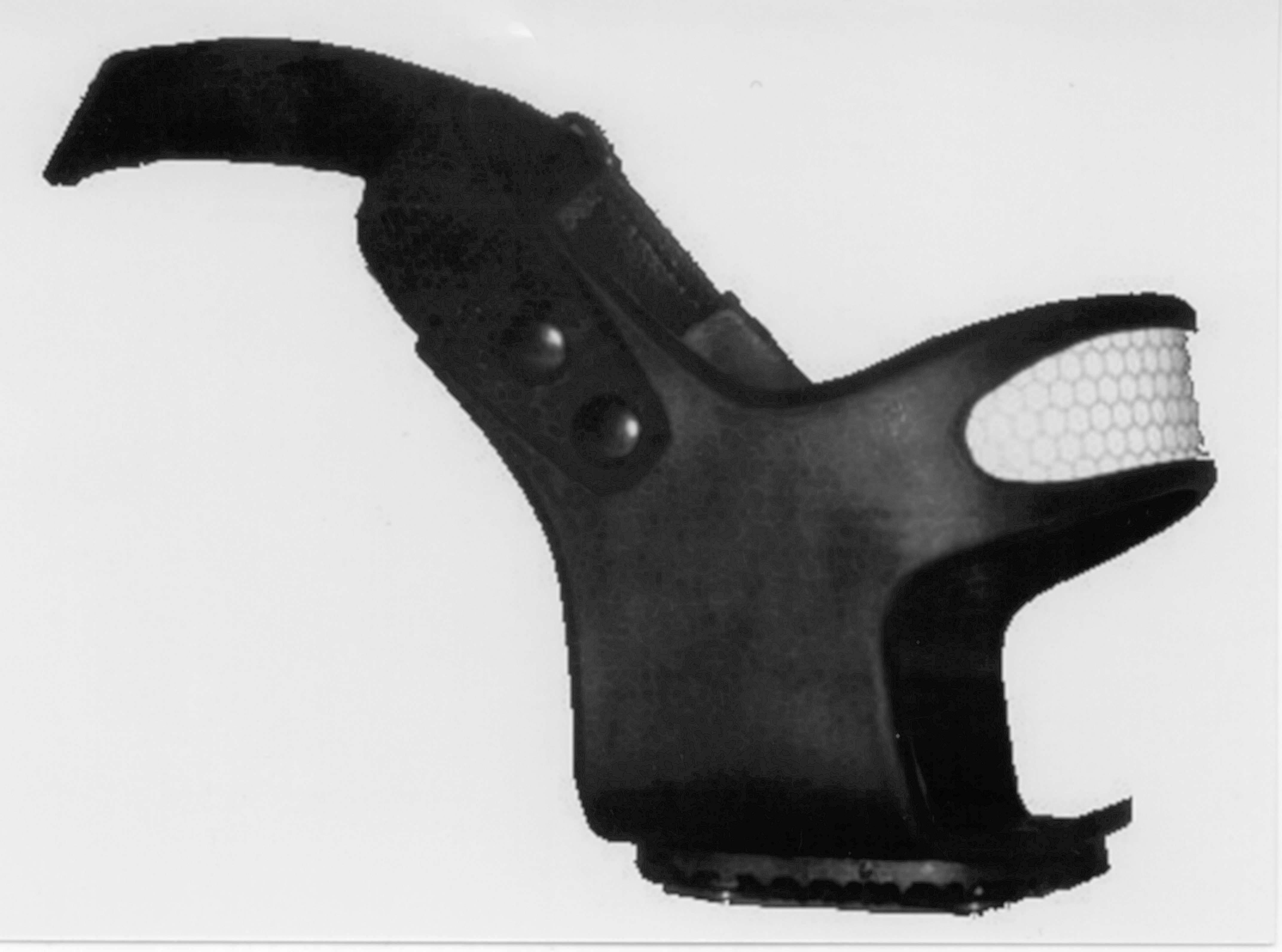

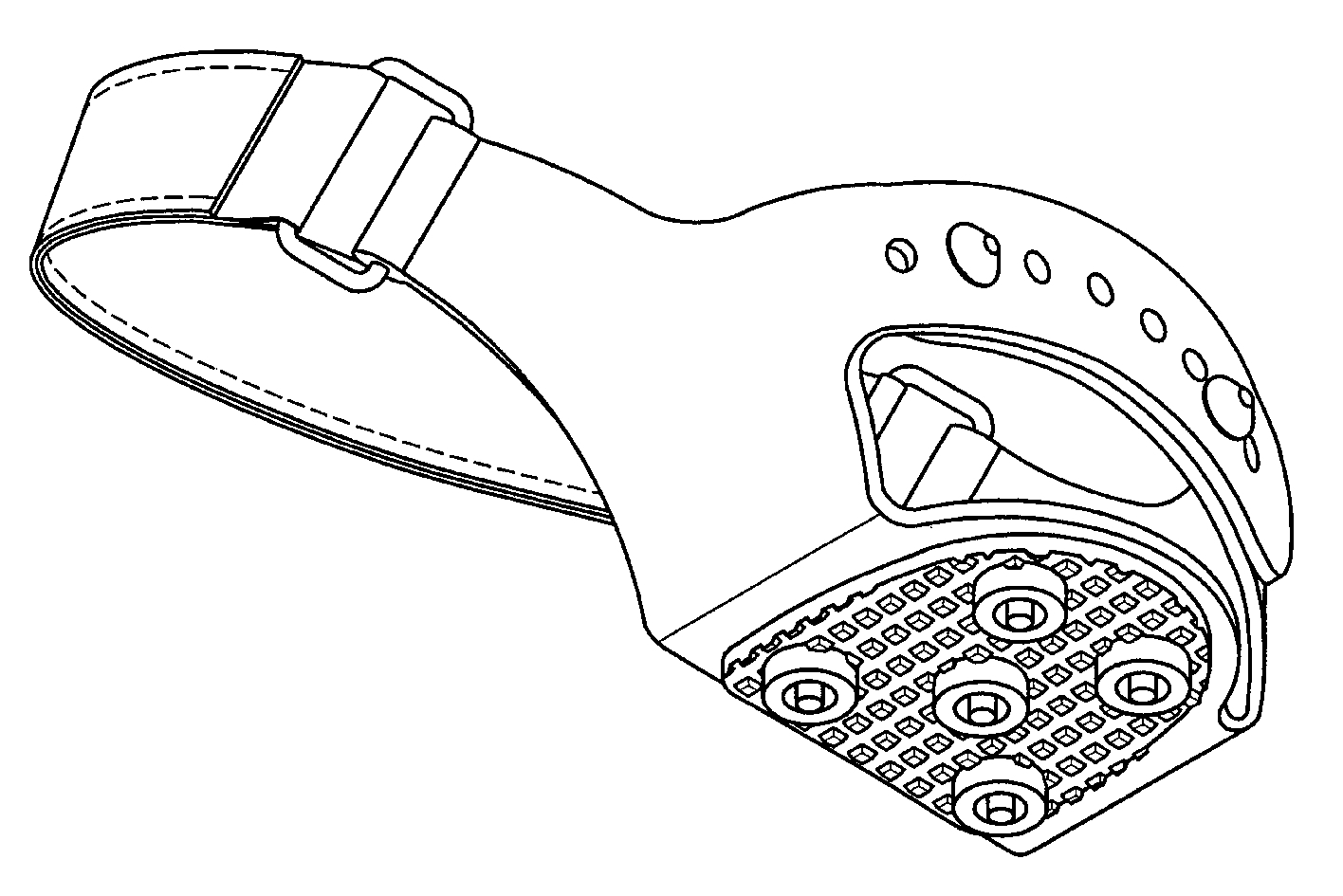


Justification for the individual quality of the overall impression
In the proposed design, the straps behind the heel form a T-shape. This feature can particularly be seen in illustration 3 of the proposed design. Designs 1, 2 and 4–6 do not include a similar feature. Design 3 does include this feature, but, seen as a whole, it is nevertheless otherwise clearly different from the proposed design, for example as regards the anti-slip part of the device.
Moreover, in the proposed design the shape and pattern of the bottom piece and the disposition of the studs differ from the corresponding features in designs 1–5. The number of studs is also different, with the exception of designs 4 and 6.
Although the proposed design – and the designs it is compared to – share resemblances and similar features, the proposed design gives the informed user an overall impression that is different from any of the other designs.
